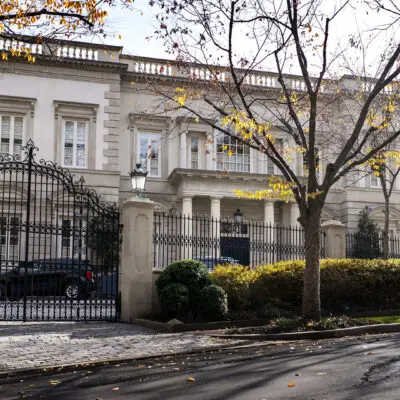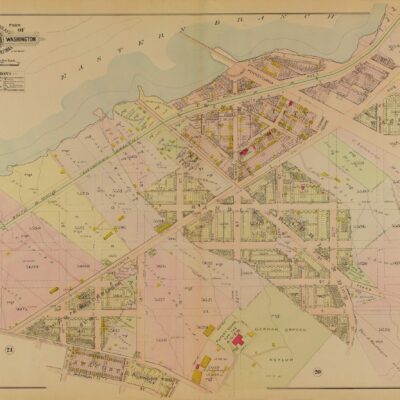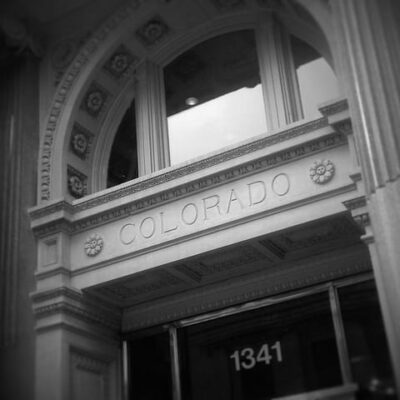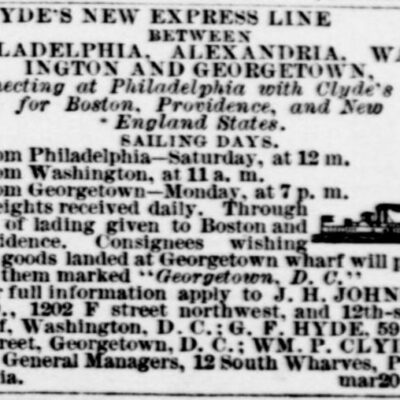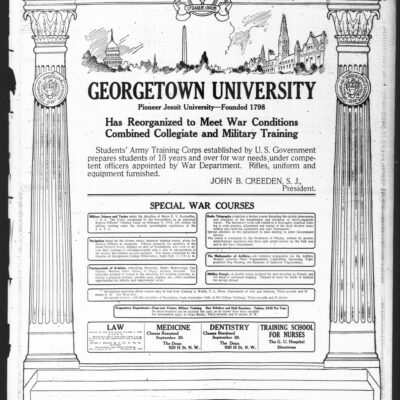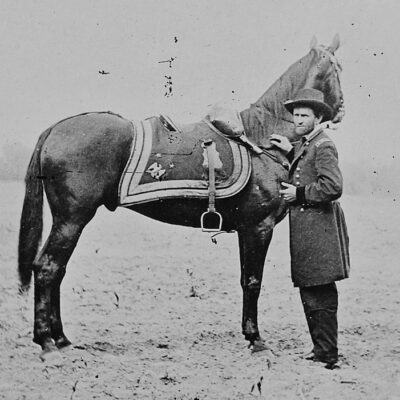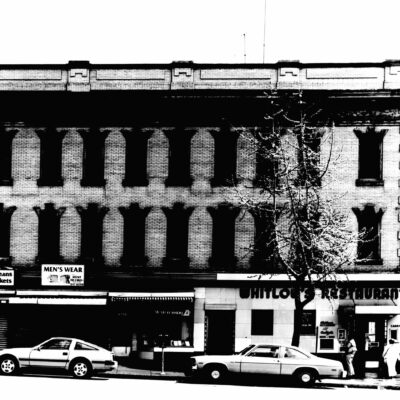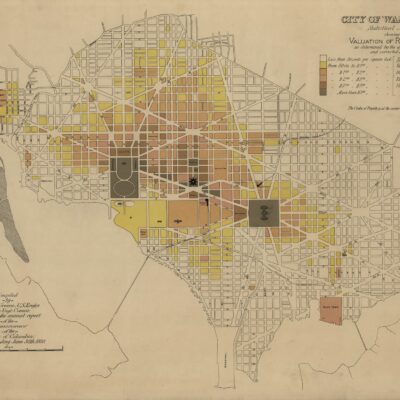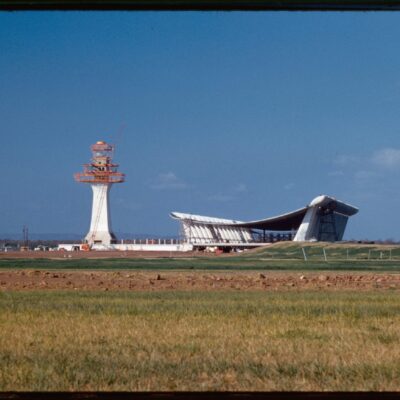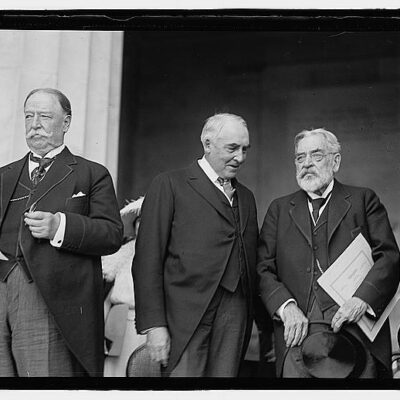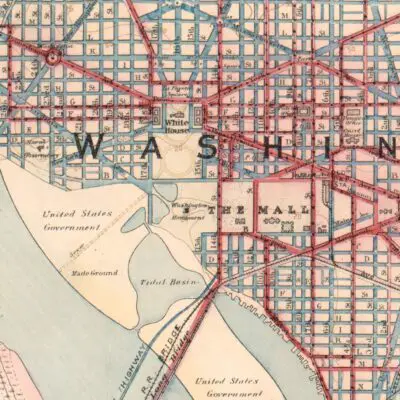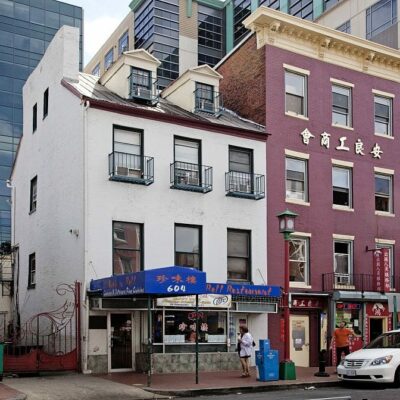Washington’s Hidden Roman Legacy
Nestled in Washington D.C.‘s history is a surprising connection to a little-known place: Rome, in Maryland. This discovery offers a unique glimpse into America’s past.
Rome in America: A 17th Century Vision
In the 17th century, a vast estate of 400 acres existed southeast of what is now Georgetown, in Maryland. Owned by an Italian culture enthusiast, this land was ambitiously named Rome. The owner’s passion for Italy didn’t just influence the name; it shaped his vision for the New World. This estate was more than land; it was a symbol of aspiration and connection to ancient civilizations.
Transitioning from European inspiration to American reality, the landowner renamed Goose Creek to Tiber Creek. This act mirrored Rome’s iconic River Tiber, creating a symbolic link across continents. His vision was to merge the grandeur of ancient Rome with the budding potential of America.
Francis Pope: The Mastermind Behind Rome, Maryland
The visionary behind this American Rome was Francis Pope, who acquired the land on June 5th, 1663. His story, detailed in an October 7th, 1883 Washington Post article, reflects a blend of ambition and whimsy. Pope took pride in his estate, often boasting about his Rome on the Tiber. His unique naming scheme wasn’t just a personal quirk; it was a statement of cultural identity and historical awareness.
Francis Pope’s legacy extends beyond mere land ownership. He imbued his estate with a sense of historical and cultural significance. His choice to name the creek Tiber was a deliberate effort to echo the greatness of ancient Rome in the new American landscape.
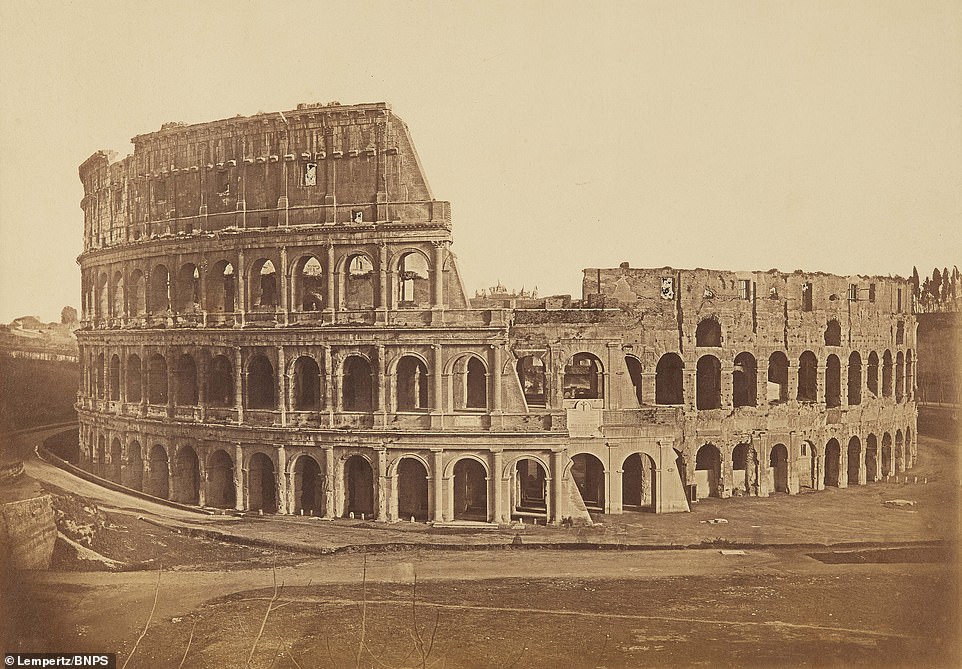
A Modern Twist: The Coincidence of Pope Francis
Adding to the narrative’s richness is the modern coincidence of Pope Francis, the first American pope, sharing a name with Francis Pope. This unexpected twist in the story connects the historical and contemporary worlds. It adds a layer of irony and depth, bridging centuries of history through a shared name.
This coincidence is more than just a curious fact; it symbolizes the enduring influence of history on the present. It illustrates how the past and present often intertwine in unexpected ways, adding new dimensions to our understanding of history.
Rediscovering Rome Before Washington
This exploration into the past reveals an often-overlooked chapter of American history. It uncovers how part of what is now Washington D.C. was once known as Rome, showing a connection between the old world and the new. This narrative not only highlights the forgotten stories of America’s past but also illustrates the rich tapestry of cultural and historical influences that shaped the nation.
In summary, the story of Rome, Maryland, is a reminder of the complex layers of history that underpin modern America. It showcases how historical narratives, no matter how small or seemingly insignificant, can provide profound insights into the nation’s past. This tale of a forgotten Rome in America is a testament to the enduring legacy of those who shaped the early American landscape, reminding us of the intricate connections between history, culture, and identity.
